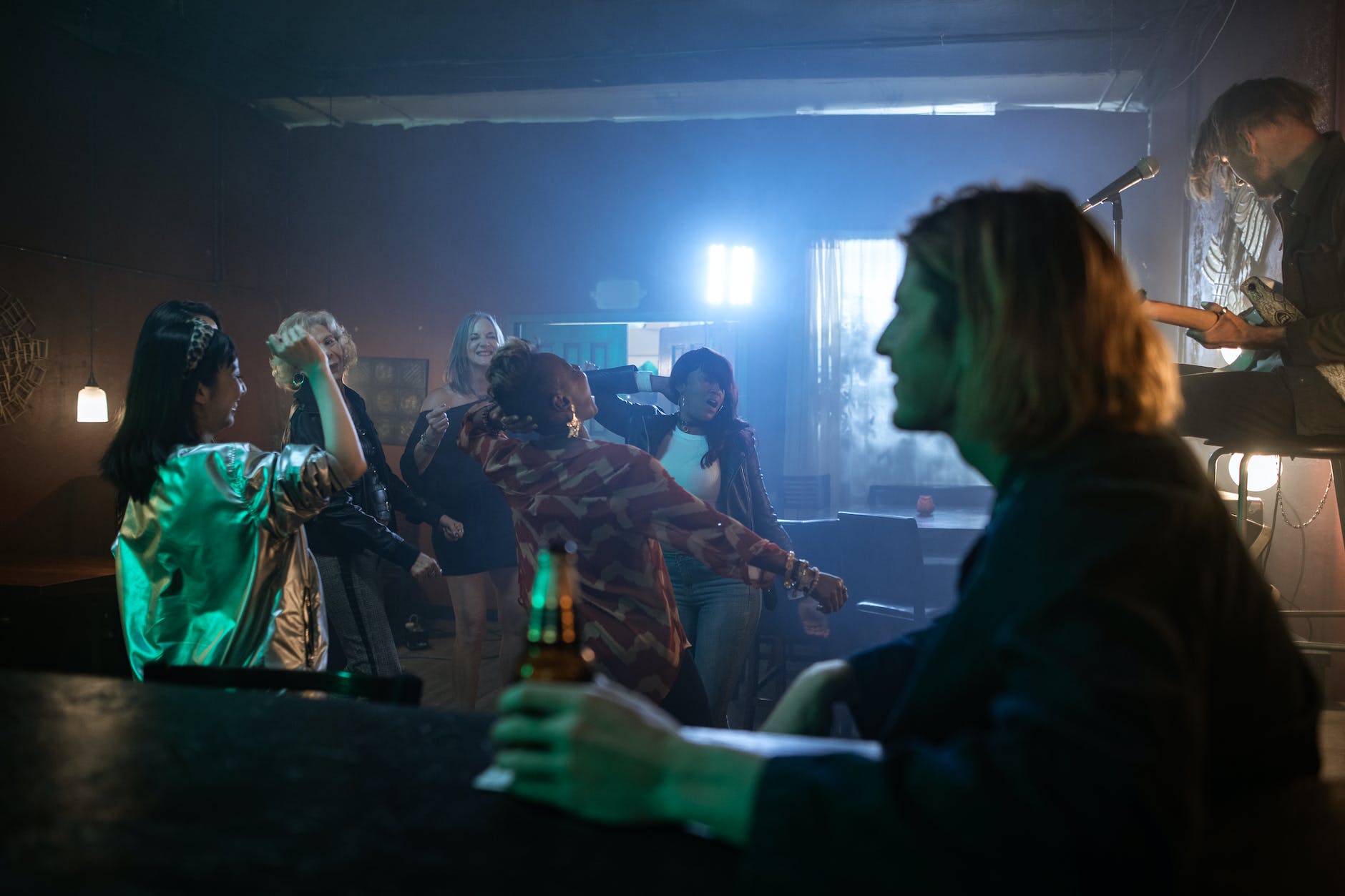Almost synonymous with the flower power era of the 1960s, psychedelic music was instrumental in driving a profound social and cultural revolution. Embedded in the counterculture of the time, this genre of music helped define a generation characterized by anti-establishment views, artistic experimentation, and the quest for enhanced consciousness.
Psychedelic music, a sub-genre of rock music, is an auditory canvas painted with vibrant sounds, often reflecting the hallucinatory effects of psychoactive substances such as LSD and psilocybin mushrooms. This genre is characterized by unconventional song structures, surreal lyrics, and innovative production techniques aimed at creating an aural embodiment of the psychedelic experience. From artists like Jimi Hendrix and Jefferson Airplane to bands like The Doors and Pink Floyd, these musicians became the torchbearers of this sound revolution.
Yet, to fully understand the influence of psychedelic music, we must explore its roots and the socio-cultural backdrop that fostered its blooming.
Psychedelic music emerged alongside the counterculture of the 1960s, an anti-establishment cultural phenomenon that blossomed in the U.S. and the UK. Fueled by disenchantment with the status quo, this movement shared a common readjustment of values, embracing ideals of peace, love, and spiritual enlightenment over the materialism and militarism they perceived in mainstream society. The music of the era, particularly psychedelic music, became a medium for expressing these countercultural ideals.
Beyond the lyrics, the sounds of this genre served as a sonic representation of a transcendental experience. Drawing inspiration from the synesthetic experiences induced by psychedelics, artists sought to evoke these sensations in their music. This was often achieved through the use of delay, reverb, and phasing effects, modulating different auditory elements to create spacey, ethereal backdrops.
More than a mere genre, psychedelic music greatly contributed to genre fusion, opening up a new panorama of musical possibilities. By embracing a variety of musical styles—from the blues and folk to Indian classical music—psychedelic artists unlocked new horizons in auditory experimentation.
One crucial aspect of this genre, which played a significant role in its cultural influence, was improvisation. Psychedelic musicians often incorporated long instrumental solos and jam sessions, allowing the music to move freely and spontaneously. This not only represented the ethos of liberation and freedom intrinsic to the counterculture but it also initiated a shift in the paradigm of musical performance. Rather than providing a mere recital of a composition, performances became flowing dialogues, heartfelt expressions capturing the essence of the moment.
The influence, however, spread beyond the realm of music, impacting visual aesthetics, fashion, literature, cinema, and overall cultural ethos. Album covers from this era are iconic for their use of intricate designs, vibrant colour palettes, and novel typography. The tie-dye fashion trend and the flower-child aesthetic are deeply associated with the psychedelic movement. Moreover, this genre helped pave the way for subsequent musical movements, influencing progressive rock, punk, electronic music, and even hip-hop.
Even today, with the resurgence of interest in psychedelics for their potential therapeutic properties, the psychedelic sound is being revisited and recreated by contemporary artists. Current bands like Tame Impala, Animal Collective, and The Flaming Lips carry the torch of psychedelia into the 21st century, serving as a testament to the enduring influence of this genre.
In conclusion, psychedelic music was much more than a momentary fad. It became a powerful artistic tool for subverting the mainstream, liberating minds, and expanding musical boundaries. The cultural revolution it sparked continues to be felt, not only in the realm of music but in the broader creative landscape as well.




